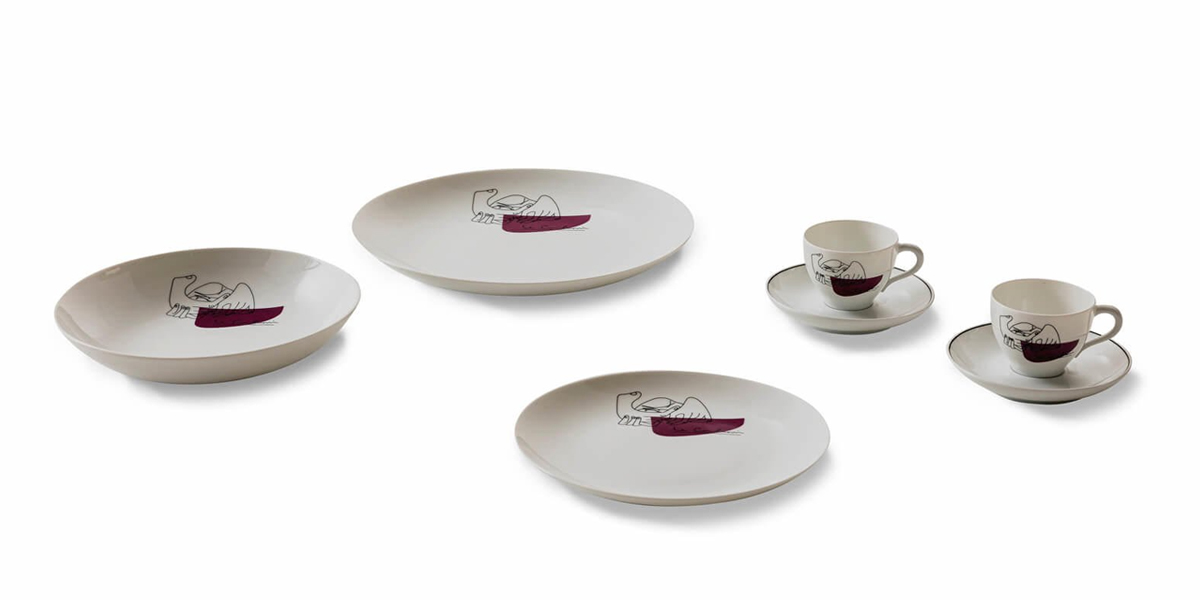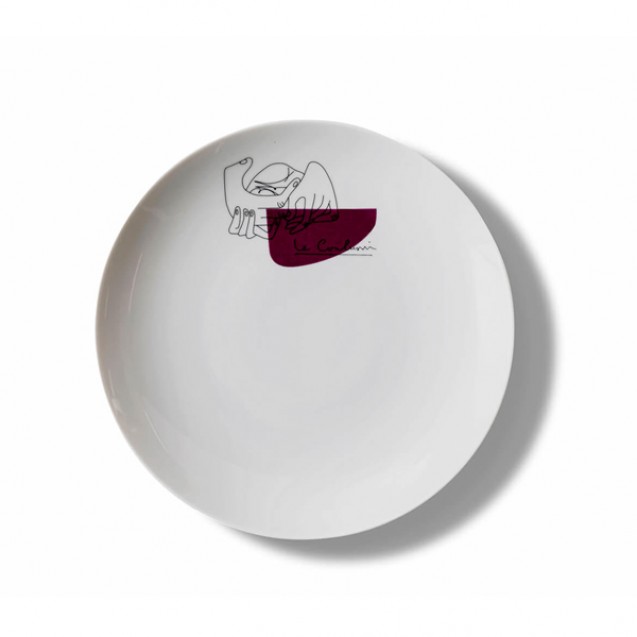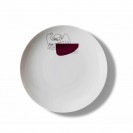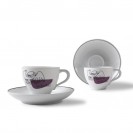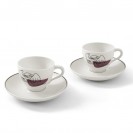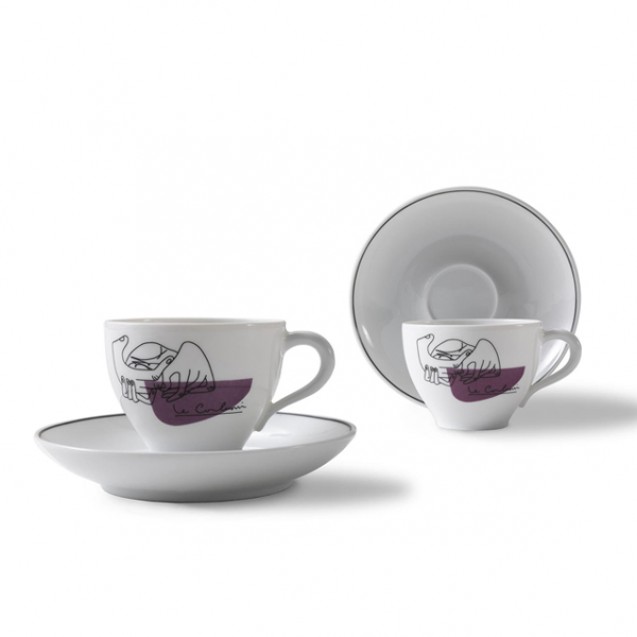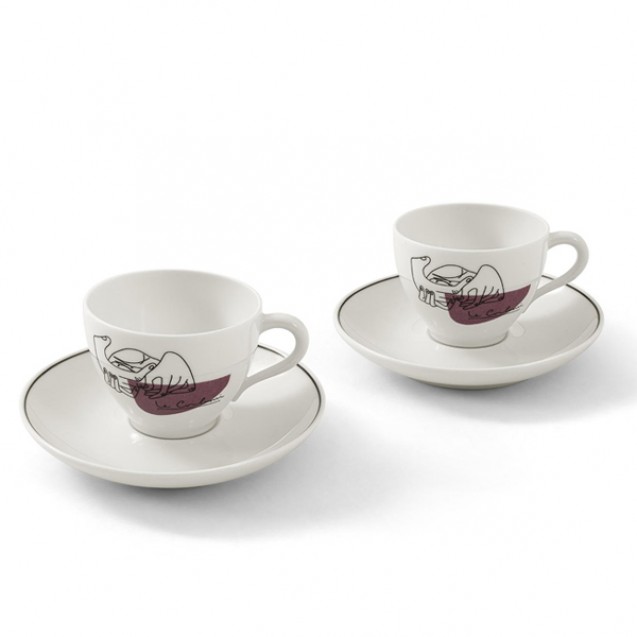GNR Service Prunier
Cassina
in collaboration with Richard Ginori and the Le Corbusier Foundation
The tableware, designed by Le Corbusier, was originally
created for the Prunier restaurant in London. In 1961, owner Madame Prunier
asked Corbusier to design a collection of tableware for her restaurant with the
interlocking hands motif found on the bottom of the Les Mains tapestry, which
was designed by the Master in 1951 and displayed in a private room of the
establishment. Le Corbusier used the plates himself which, as he loved to say,
combined quality and taste, or “the taste of forms”. In collaboration with
Richard Ginori, Cassina has reissued the tableware with full respect for the
original project, paying close attention to and focusing on its
authenticity. Service Prunier includes a plate, soup dish, dessert plate
and coffee cup with saucer and is made of white porcelain, like the
model, with Le Corbusier’s original design applied by hand.
| About Designer | |
|---|---|
Le Corbusier |
Chaux-de Fonds/Roquebrune-Cap-Martin, 1887/1965 Charles-Edouard Jeanneret, known as Le Corbusier, was
born at La Chaux-de-Fonds, in the Swiss Jura, in 1887; he died in France, at
Roquebrune-Cap-Martin, on the French Côte d’Azur, in 1965. Early in his career his work met with some resistance
owing to its alleged «revolutionary» nature and the radical look it acquired
from its «purist» experiments; in time , however, it won the recognition it
deserved and it is still widely admired. His message is still being assimilated
by an ever increasing number of people in the profession, but his far-out
avant-garde attitudes should be interpreted with due consideration for the use
of rational systems in his planning method, evidenced by extremely simple
modules and formes based on the functional logic. «Functionalism tending not so much to an exaltation of
the mechanical function at the expense of the symbolic, as to the rejection of
symbol that he now considers outmoded and insignificant and the restoration of
the pratical function as a symbol of new values»(¹) In his activities as town-planner, architect and
designer, his method of research continued to develop, at times going to the
opposite extremes of a rich plastic idiom. Instances of this are: Unité d’Habitation, Marseille (1946-52); the Chapel at Ronchamp (1950-55); the Dominican Monastery «La Tourette» (1951-56); the Centre of Zurich (1964-65) the Hospital in Venice (1965). Much the same commitment will be found in the
furniture of the Equipement intérieur de l’habitation (tables, chairs,
armchairs, sofas) designed for the Salon d’Automne, 1928, with Pierre Jeanneret
and Charlotte Perriand and “Casiers Standard”, system of container units
designed for the Pavillon of the Esprit Nouveau, 1925, with Pierre Jeanneret.
Cassina re-proposes this furniture
considered “up-to-date”; its clear and essential “form” is highly adaptable to
change in time and in environment, constantly providing new significance. |
